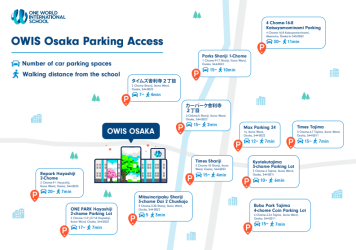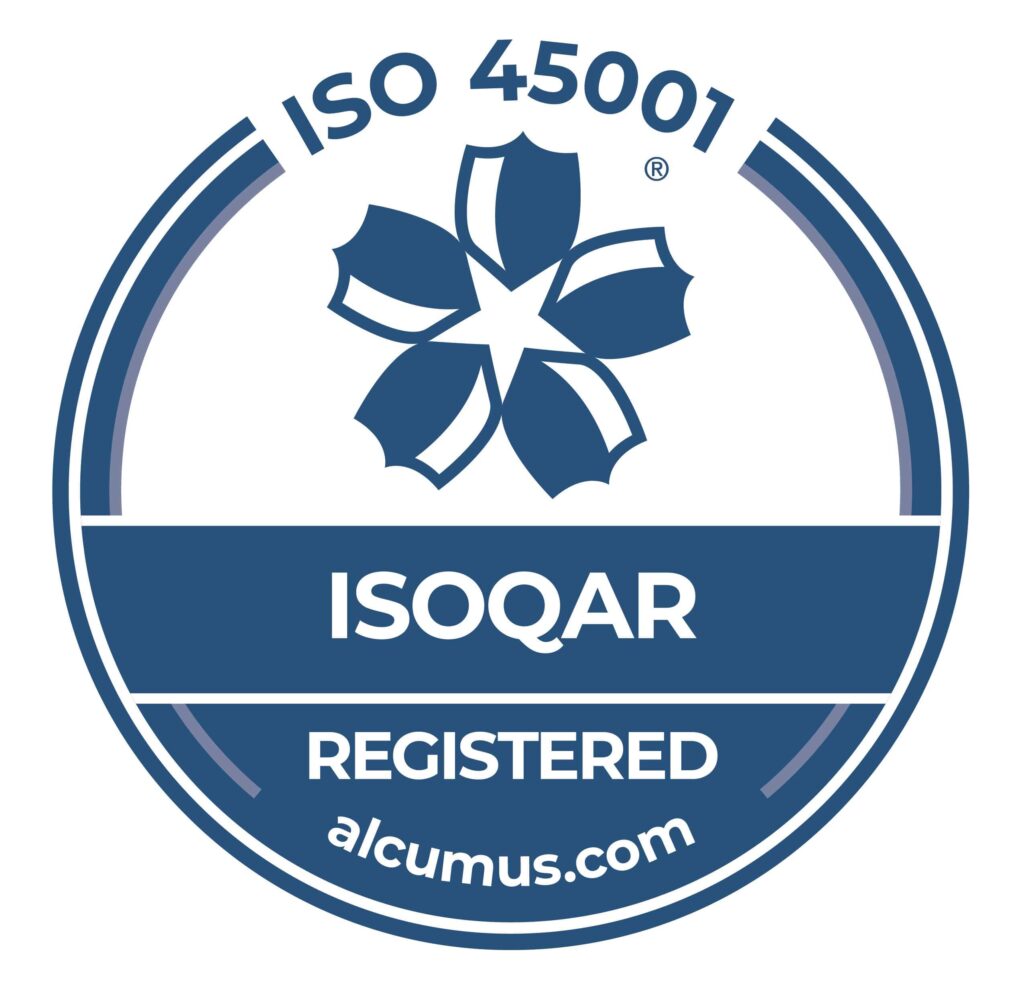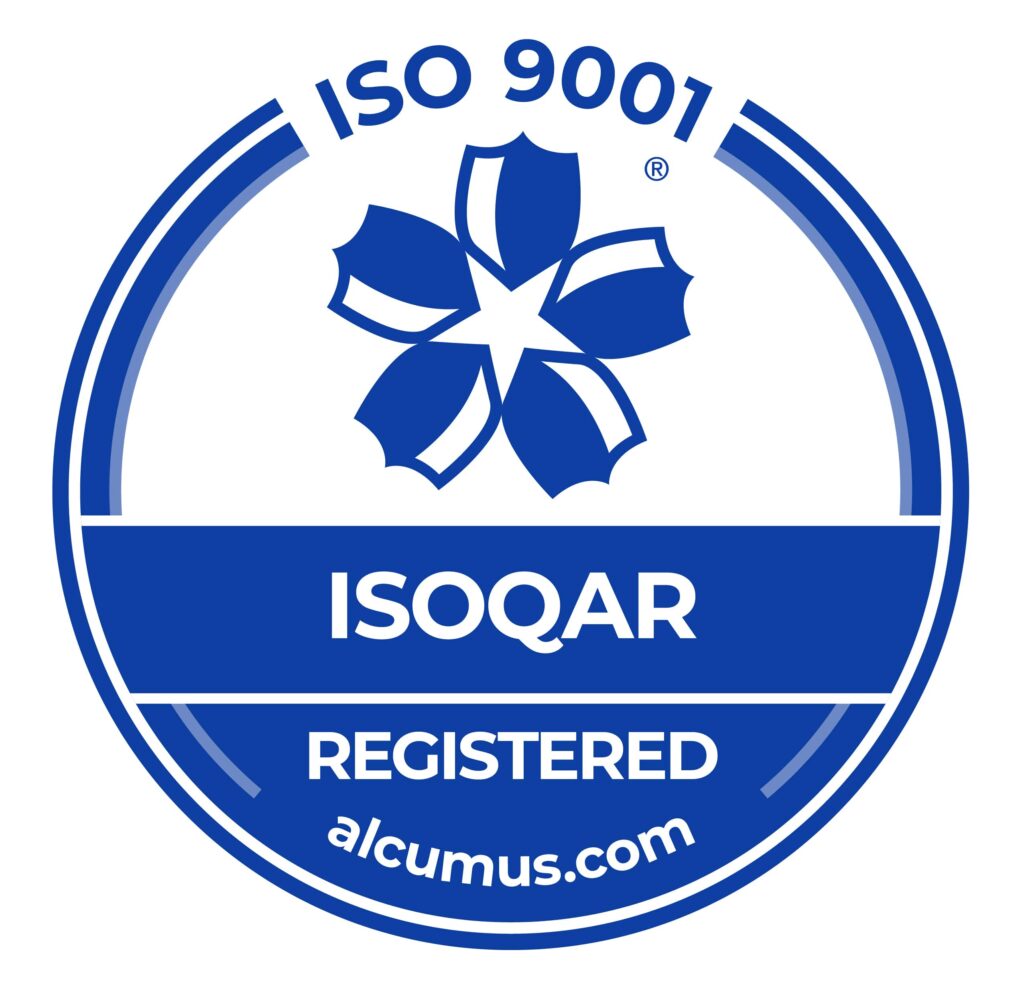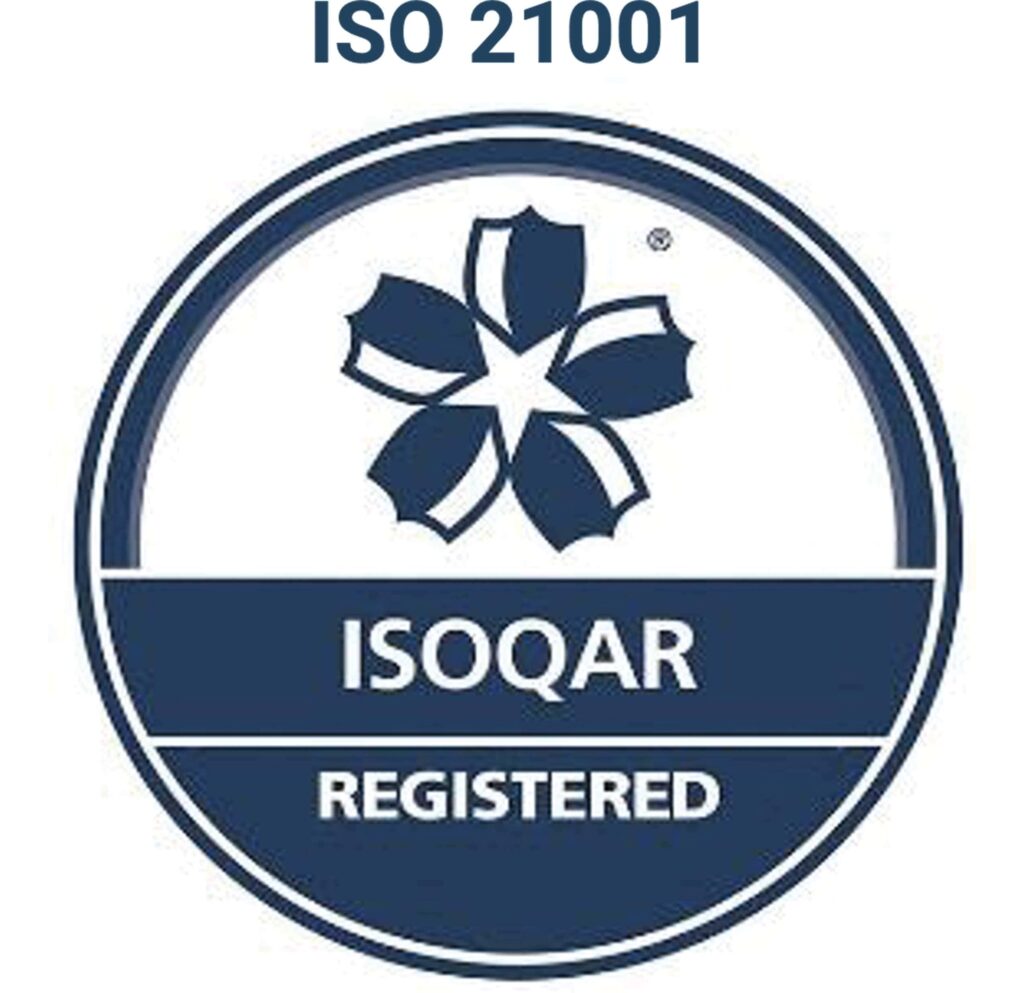Understanding International Schools
Japanese curriculums prioritize structured learning and memorization. This approach aims to instill discipline and build foundational knowledge.
In contrast, international school curriculums, like the International Baccalaureate (IB), focus on inquiry-based learning. This method nurtures problem-solving, critical thinking, and communication skills. It equips students with valuable tools that can be applied to real-world situations.
Most International school curriculums are recognized globally, with transferable subjects and credits. This makes it convenient for families relocating globally. Understanding the curriculum’s structure and programs is just the start. For families considering these schools, grasping the admissions process is equally important. Given the varying admissions criteria, having this knowledge ensures a smooth transition at each stage of your child’s education journey.
Navigating the Admission Process Step by Step
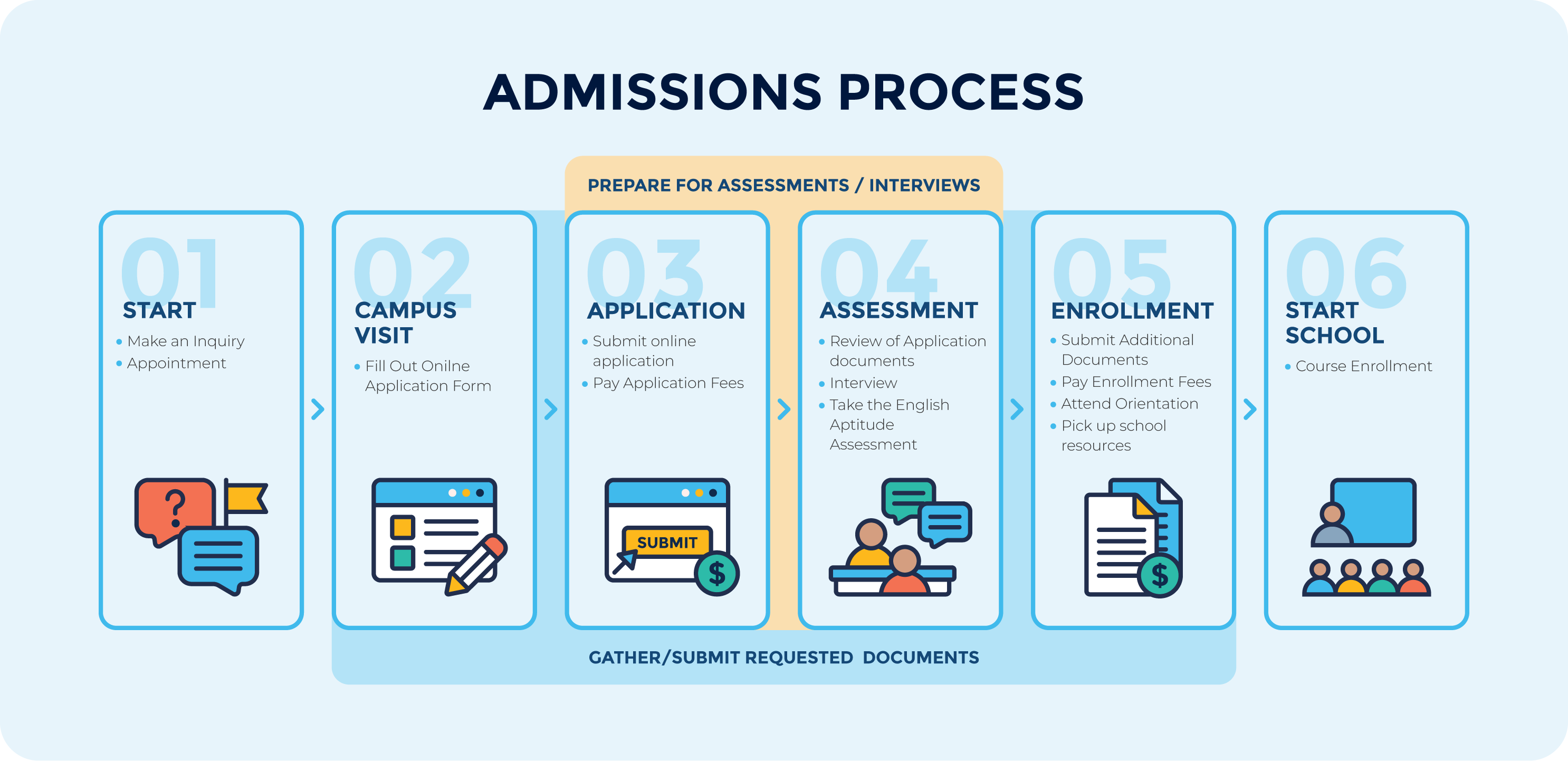
Navigating this process may seem daunting. However, with a clear overview of steps and helpful tips, your child’s application journey can be smooth and successful.
Starting with an Inquiry and School Tours
Researching the school will help you know what to expect during your visit. Be well-prepared with thoughtful questions to ask. Questions may include the following aspects:
- the school curriculum
- language programs
- cultural activities
- class sizes
- support services and facilities
- the overall school community
Note that the school may also be evaluating you, so making a strong initial impression is crucial.
Understanding the Academic Year and Admissions Timing
Rolling admissions are flexible and accept ongoing applications while specific admission periods have fixed enrollment periods. This information will allow you to prepare effectively and plan around the desired school entry date, ensuring a well-timed process.
Filling Out Application Forms
Before filling out the application process, it is also important to review the admissions policy and application guide.
Online application forms are widely used in the digital age. To start, you typically need to create an account on the school’s website. Next, ensure that you understand the supporting document requirements. This will help your child’s application process run smoothly.
If you have questions or need assistance, administrators are available to help you complete the application forms and provide all the necessary information to the school.
Preparing for Entrance Tests or Assessments
Many international schools use entrance exams as part of the admissions process. These assessments evaluate your child’s academic capabilities. They also determine how ready your child is for their academic program.
As a parent, you can help your child prepare by providing support, guidance, and encouragement. These 10 tips can help your child prepare to succeed in these exams.
- Understand the Exam Format: Help your child become familiar with the specific format of the entrance exam. Understand the subjects, question types, and time constraints.
- Create a Structured Study Schedule: Establish a well-organized study schedule. It should outline when and what to study. Ensure a balance between different subjects and set achievable goals.
- Practice with Past Papers: Find previous years’ exam papers, and have your child practice with them. This will help them become familiar with the types of questions and the exam’s difficulty level.
- Work on Time Management: Teach your child time management skills. Do this by allocating specific time frames for each section of the exam. Ensure, they can complete all questions within that time.
- Build Vocabulary and Comprehension: Many school entrance exams require reading comprehension and a strong vocabulary. Encourage your child to read widely and discuss what they’ve read.
- Practice Mental Math: Mathematical ability is often assessed. Regular mental math exercises can improve your child’s math skills and help them solve problems quickly.
- Develop Problem-Solving Skills: Entrance exams often include problem-solving questions. Encourage your child to tackle complex problems and develop critical thinking skills.
- Encourage Healthy Habits: A healthy lifestyle is essential for optimal performance. Make sure your child gets enough rest, eats well, and engages in physical activity.
- Manage Test Anxiety: Help your child manage anxiety and relax. Use deep breathing or visualization.
- Celebrate Progress: Acknowledge and celebrate your child’s achievements and progress throughout the preparation process. Positive reinforcement can boost their confidence and motivation.
Acing the International School Interview
Side Note:
It’s important to note that at One World International School (OWIS), the admissions process does not include an interview. Instead, the focus is on an assessment that is not about passing or failing. This assessment is designed to understand each child’s unique needs and abilities, providing insights into how the school can best support their individual growth and educational journey.
International school interviews are designed to learn more about prospective students. To help your child do well in these interviews, you can practice concise, informative answers that highlight their achievements and skills. Some key steps to prepare for your international school interview are:
Master the Introduction:
Begin your preparation by improving your child’s ability to introduce themselves confidently. Practicing is especially important if English is not a first language.
Research Sample Questions:
Track down sample interview questions either from the school’s resources or online. Familiarize your child with potential queries to enhance their preparedness.
Dress Code Decoded:
The expected attire is generally “smart casual”, but some schools might lean towards a more formal dress code like suits. Boys may opt for a shirt and pants, while girls might consider a dress or skirt. Always follow the school’s specific guidelines.
Mock Interview Practice:
Parents and other trusted adults can help with practice interviews. The goal isn’t to memorize responses but to instill confidence. This also provides a general idea of what to convey during the actual interview.
Rest and Relaxation:
Ensure your child gets a good rest. This will also reduce nervousness and anxiety on the interview day.
School Familiarization:
Equip your child with knowledge about the school. Understand why they want to join by researching subjects, sports, facilities, history, and notable alumni. This information can be valuable when addressing the question, “Why do you want to come to this school?”
Highlight Achievements and Qualities:
Help your child in recognizing and articulating their strengths and accomplishments. Whether it’s excelling in academics, sports, or contributing to the community, these attributes will set your child apart from other applicants.
Tackling Tough Questions:
Prepare your child to handle challenging questions that may involve personal difficulties, problem-solving scenarios, or school-related challenges. Provide guidance on navigating these types of questions with confidence.
Parental Interview Readiness:
Be aware that parent interviews may also be required. These are typically conducted by the Headmistress, Principal, and Director of Admissions. Familiarize yourself with the school’s expectations for these interviews to ensure you present yourself effectively.
Nailing the Japan School Interview: Academic & Language Proficiency
Key Points:
Scope of the Interview: The interview aims to assess the student’s readiness for the school’s academic program, language proficiency, and how well the family aligns with the school’s values.
Timing and Notification: Interviews are typically scheduled after the initial application review. The school will notify you in advance about the interview date and time.
Interview Format: Be prepared for a joint interview involving both parents and the student. This format allows the school to gauge the family’s commitment to the child’s education.
Assessment Criteria: The interview assesses various aspects, including the student’s communication skills, enthusiasm for learning, and the family’s understanding of the school’s values.
Results and Communication: After the interview, at some schools you can expect to receive the results within 3 days. The communication will detail the outcome of the interview and provide insights into the next steps in the admission process.
Understanding Offer Letters and Waiting Lists
Parents will be notified within two weeks. Successful applicants receive enrollment instructions. If a grade level is full, qualified applicants go on a waiting list. Denied admissions come with specific reasons. It is important to regularly check emails for further enrollment steps and follow the instructions provided.
The Final Steps: Enrollment and Orientation
After acceptance, the final steps are finalizing enrollment and orientation. You can expect to receive a formal acceptance letter or e-mail. The school may also request health information and other necessary documents. You will also receive details about the orientation schedule and enrollment start dates. In this final stage, the school actively guides you and your child for a smooth transition.
Necessary Documentations and Preparation

To ensure a smooth and successful application process, it’s crucial to understand the required documentation and make the necessary preparations in advance.
Tips to Prepare Documents for International School Admissions
- Review School-Specific Requirements: Each international school may have slightly different prerequisites.
- Gather Documents in Advance: Collect required documents early to have enough time for any missing items. International families may need overseas documents, so plan for translation time.
- Maintain Originals and Copies:
Have both original and photocopies of your documents. Schools may inspect originals during the application, and you’ll need copies for submission.
- Check Validity and Expiration Dates: Ensure documents, like passports, are valid until the end of the entire admission process.
- Plan for Recommendations in Advance: If the school requires recommendations from the current teacher, be sure to ask early. This gives the teachers enough advance notice to fill out forms and give meaningful recommendations.
Confirm Language Proficiency: International schools, especially those using English, may request proof of language skills, like English test scores.
Supporting Documents
Required documents generally fall into three categories: personal identification, academic records, and health/medical documents.
Personal Identification Documents:
- Passports (applicant’s and parent’s)
- ID photos (applicant’s and parent’s)
- Government-issued documents (e.g., residence card, and “my number” card in Japan)
- Proof of Residential Address (if required)
Academic Records:
- School Records: Report cards, progress reports, and transcripts from previous schools.
- Standardized test results.
- Recommendation forms or letters from current and previous school teachers.
- Writing Samples
Health and Medical Documents:
- Student Health Forms.
- Vaccination/Immunization Records.
- Medical Certificate (by a certified medical practitioner).
- Health History
These are commonly requested documents, but requirements vary. Check with the specific school for the exact list and any school-specific requirements.
The Application Fee
Many schools have a fee, which is approximately 30,000 JPY.
Comparing Application Processes: Similarities and Notable Differences
Understanding both shared steps and distinct approaches in various application processes is essential for informed decisions. In Osaka’s international schools, there are common steps like inquiry submission and document review.
However, differences are significant. One school has a structured 12-step process, including principal interviews, in-class observation, and online tests. Another takes an individualized approach, evaluating applications case by case and prioritising English-speaking expatriates. A unique school admits students year-round, considering age eligibility, academic ability, English proficiency, and parental support.
These differences highlight each school’s unique philosophy, aiding applicants in making informed choices aligned with their preferences.
One World International School’s admission counselor Isabella Shea said in an exclusive interview: ‘At One World International School Osaka, we want to make equal education affordable and available to all families. To accommodate those who cannot speak English well, we made an extra English support class.
For students from different backgrounds and cultures, we help them to integrate into the Japanese society by also providing 3h of Japanese classes every week. We want to promote global mindedness by accommodating or building a structure that we can claim as a foundation.’
Conclusion
International school admissions processes differ, with varied requirements and timelines. Whether enrolling from Japan or abroad, understanding these details is crucial.
With preparation, following these tips, and maintaining an organized approach, you can increase your child’s chance of acceptance at your preferred international school.








